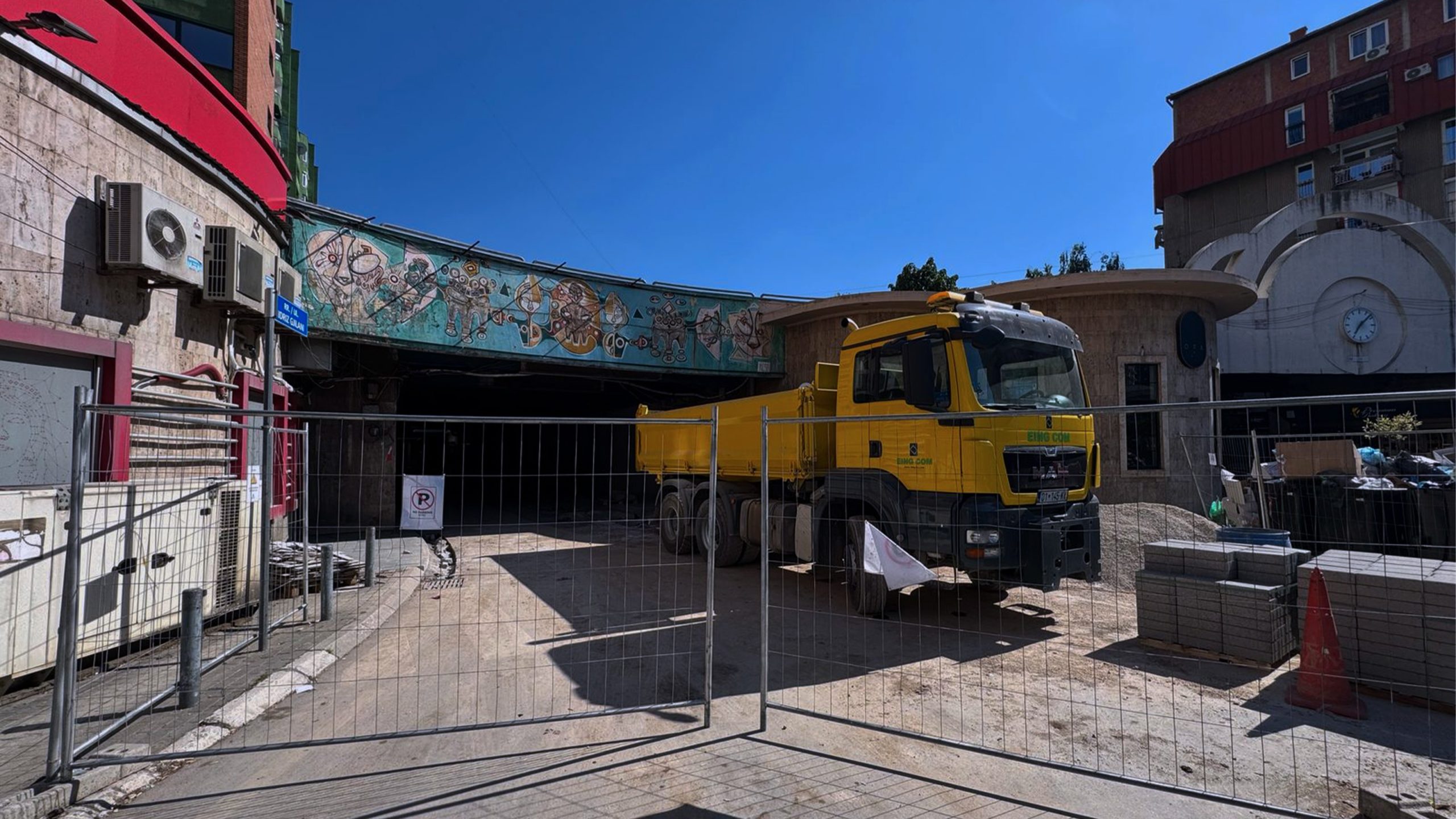This winning project reactivates Kurrizi as a cultural, social, and historical space for new generations. The design transforms the tunnel into a functional, modular environment with improved lighting, ventilation, and infrastructure. Rooted in collective memory, the intervention balances preservation and innovation. Programmed for diverse cultural uses, it was developed in close collaboration with engineers to ensure feasible, cost-conscious solutions.

